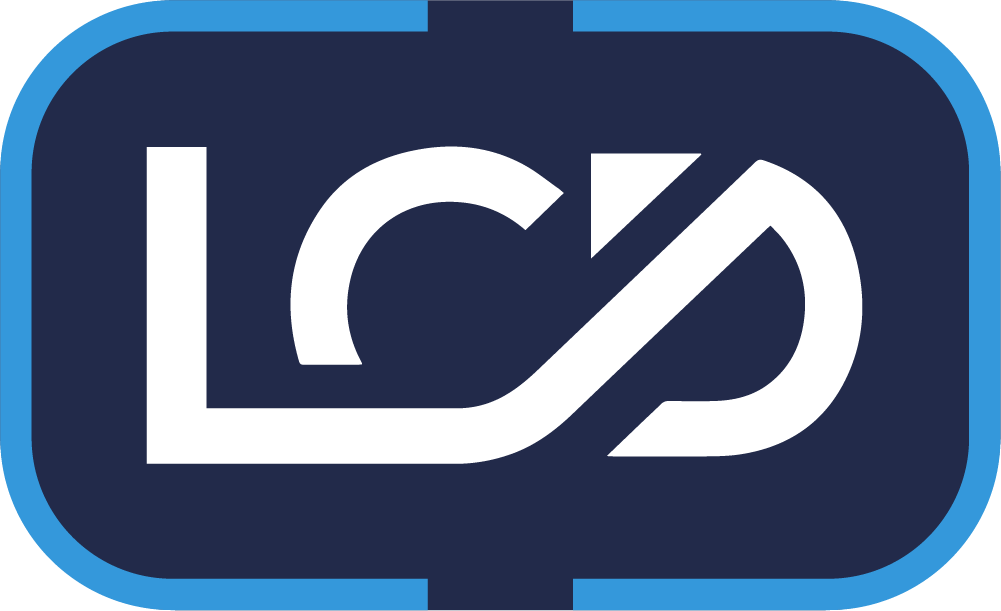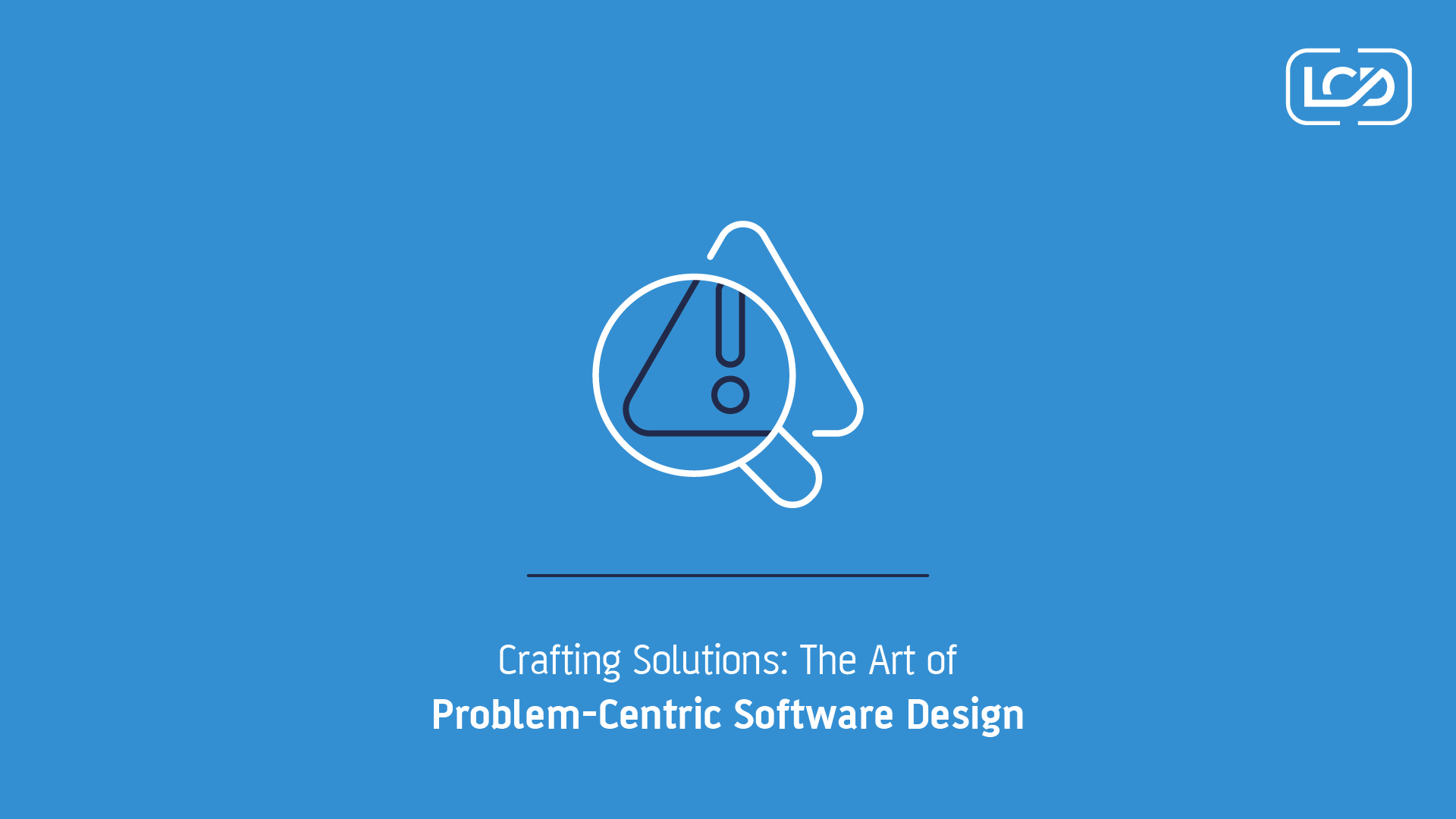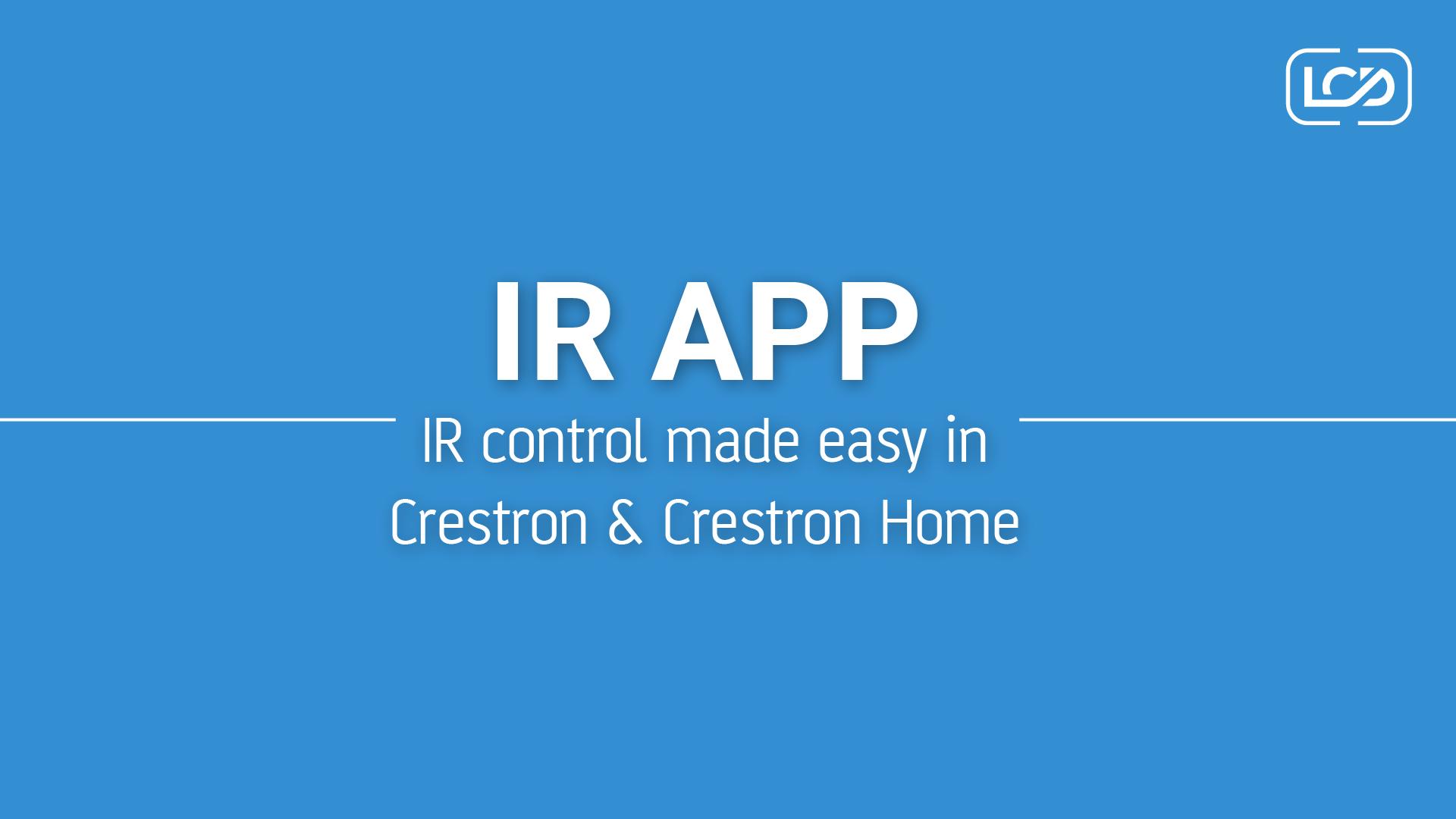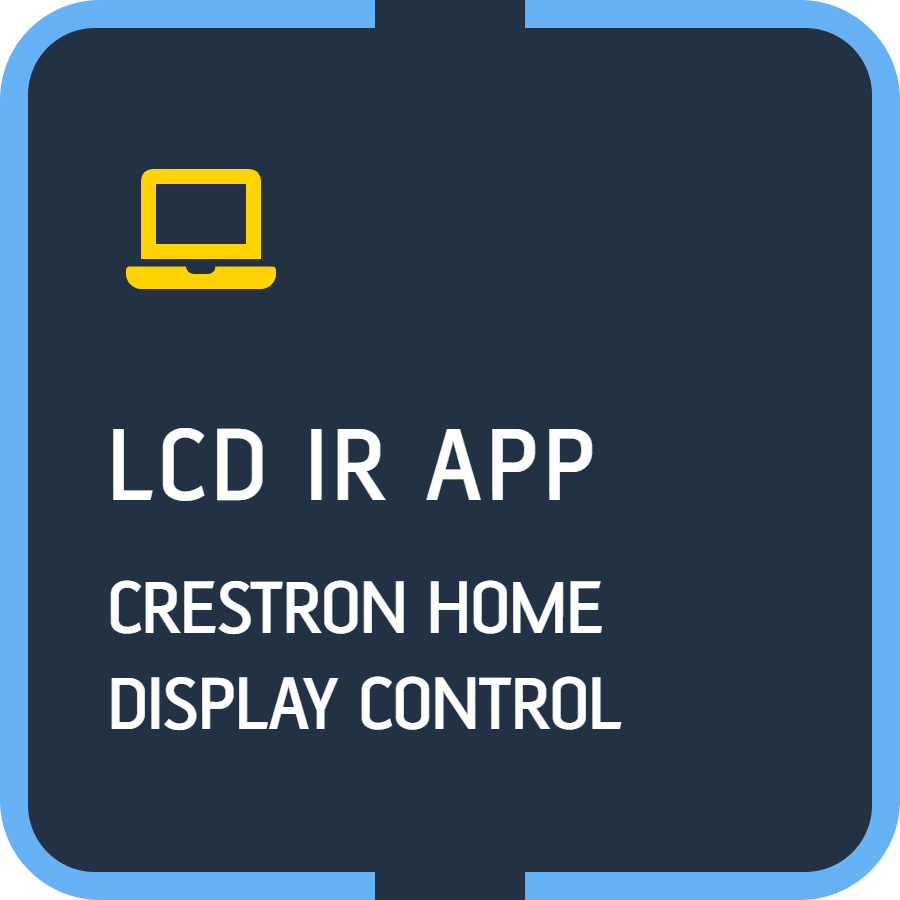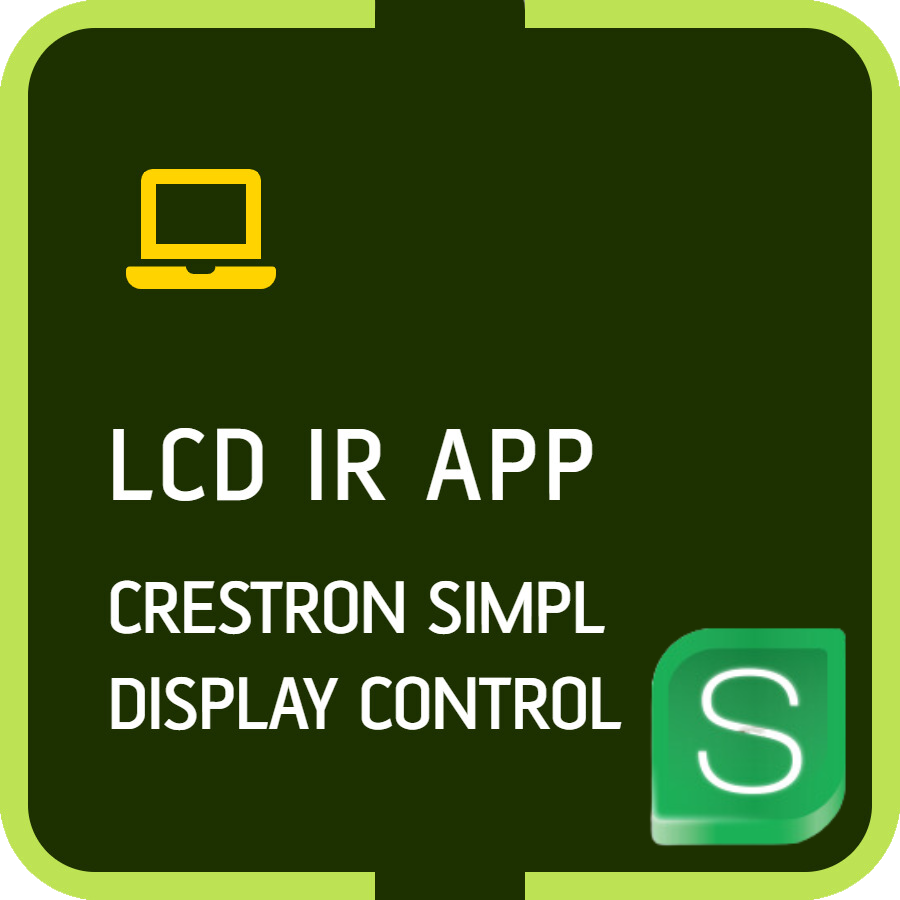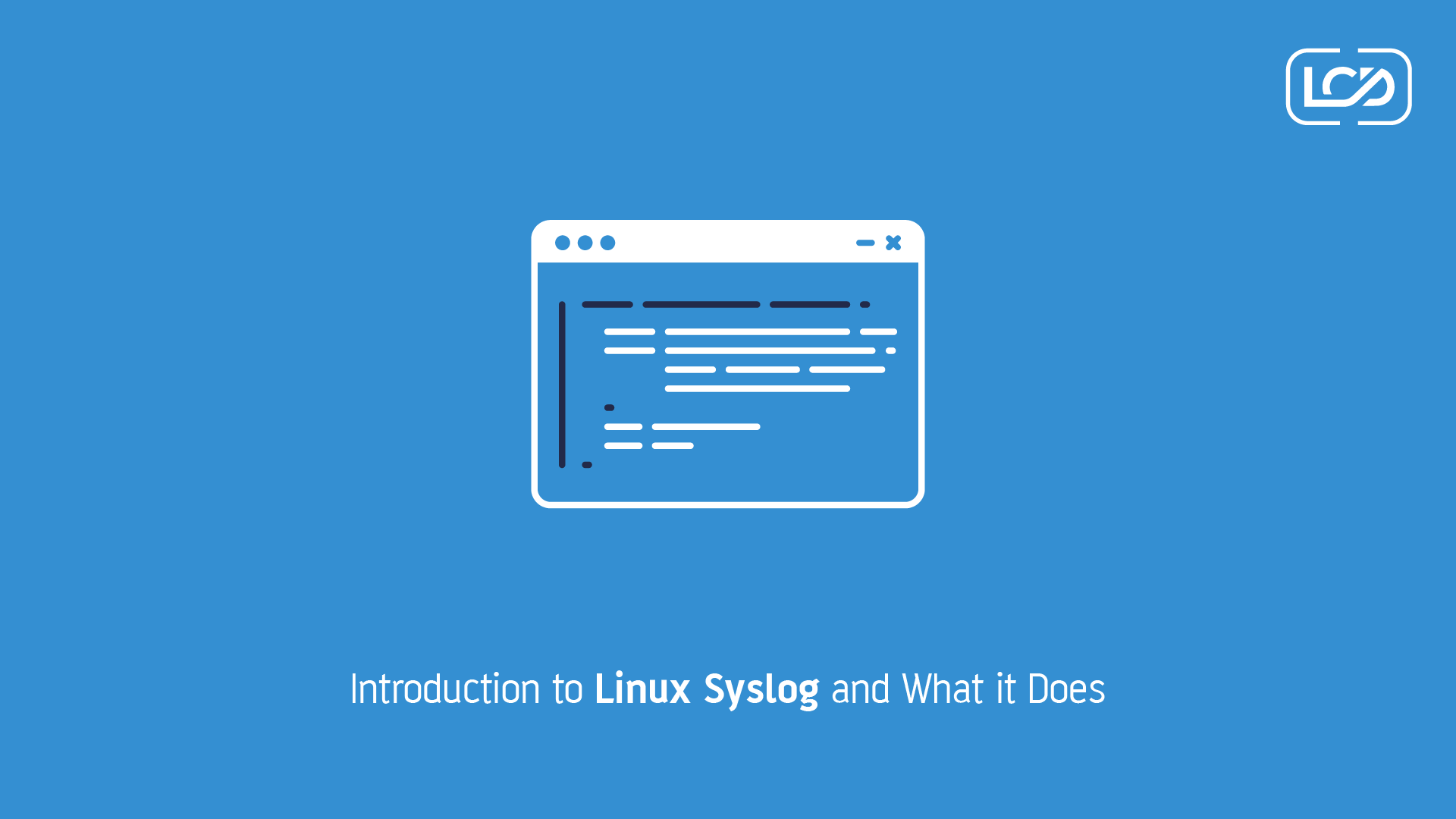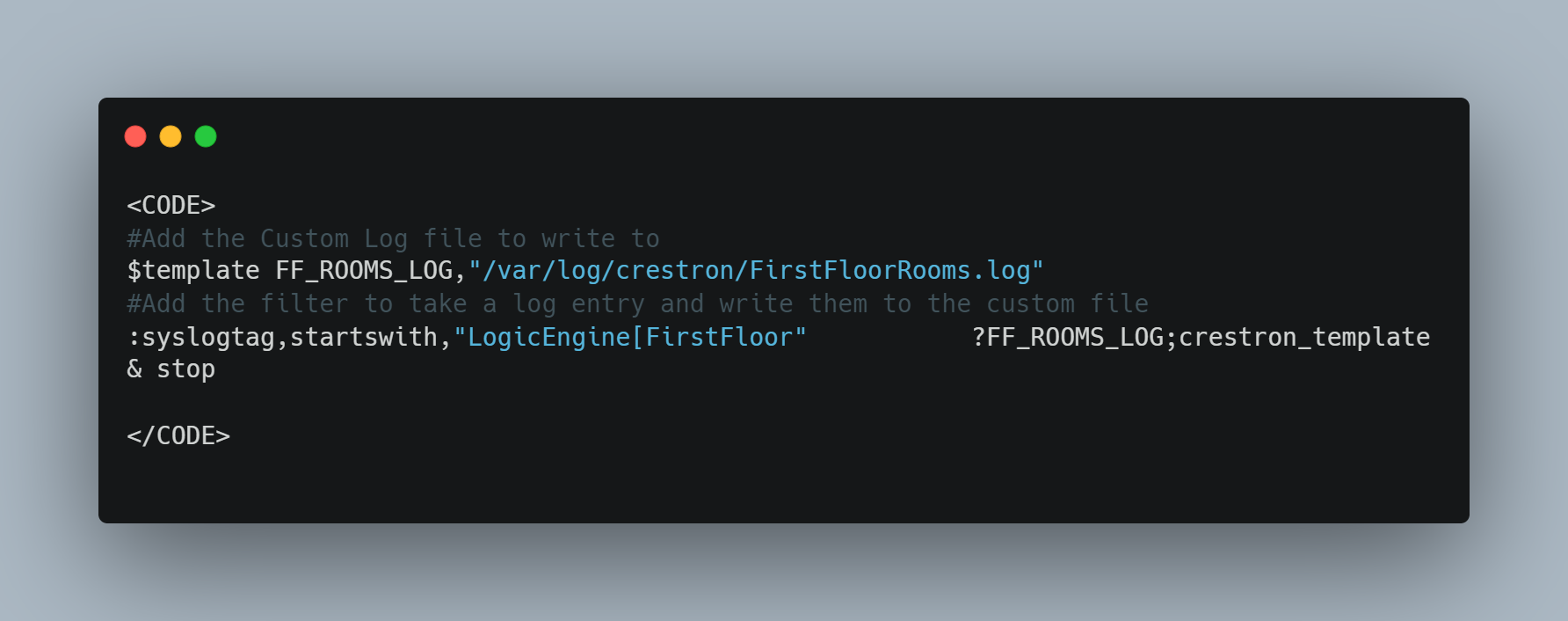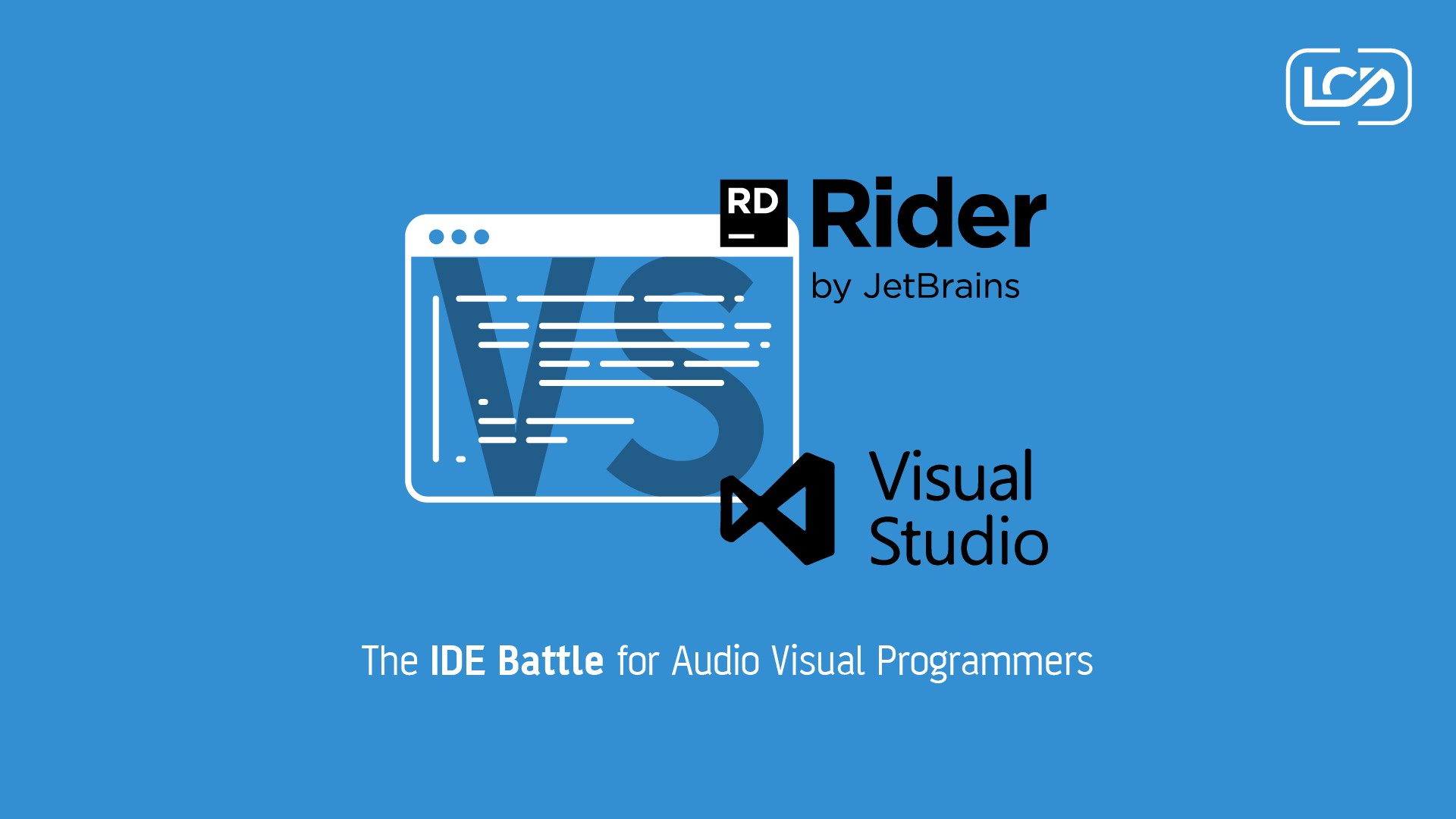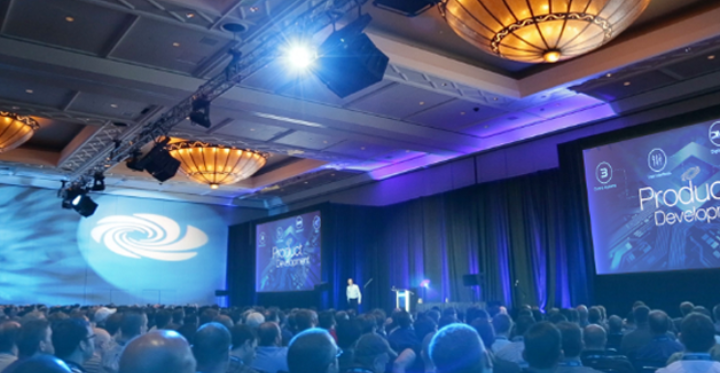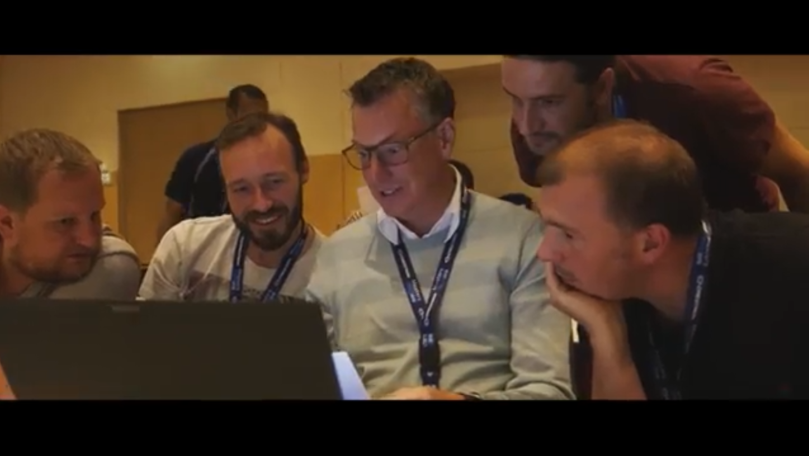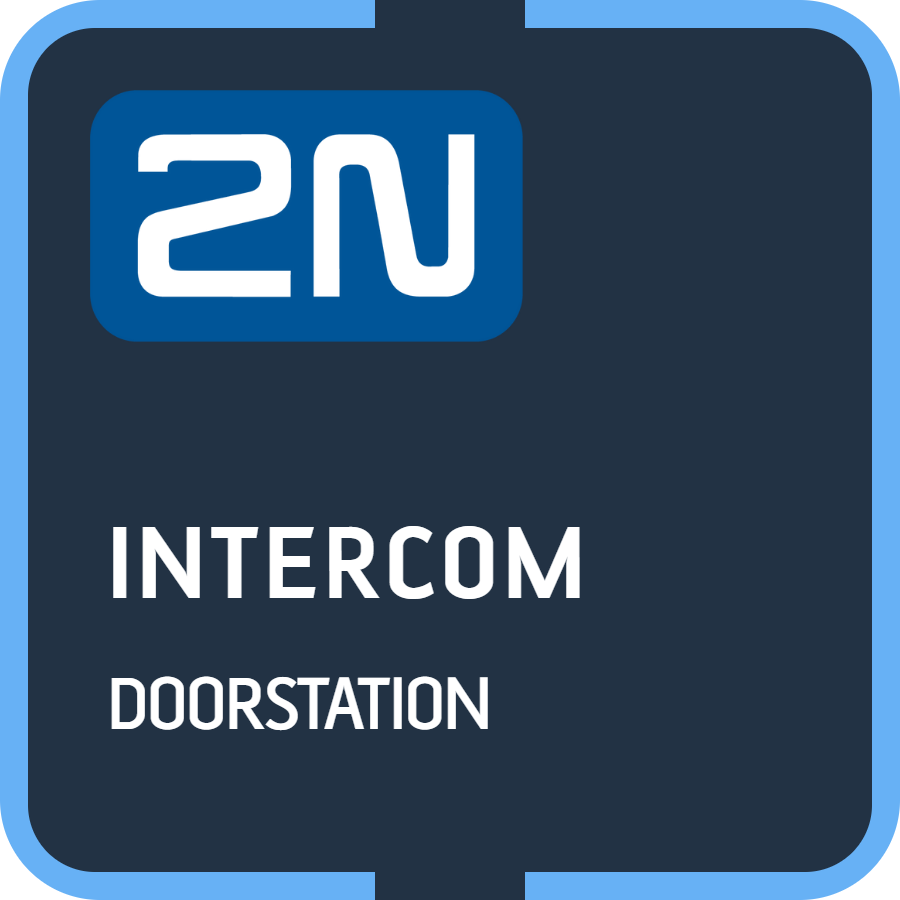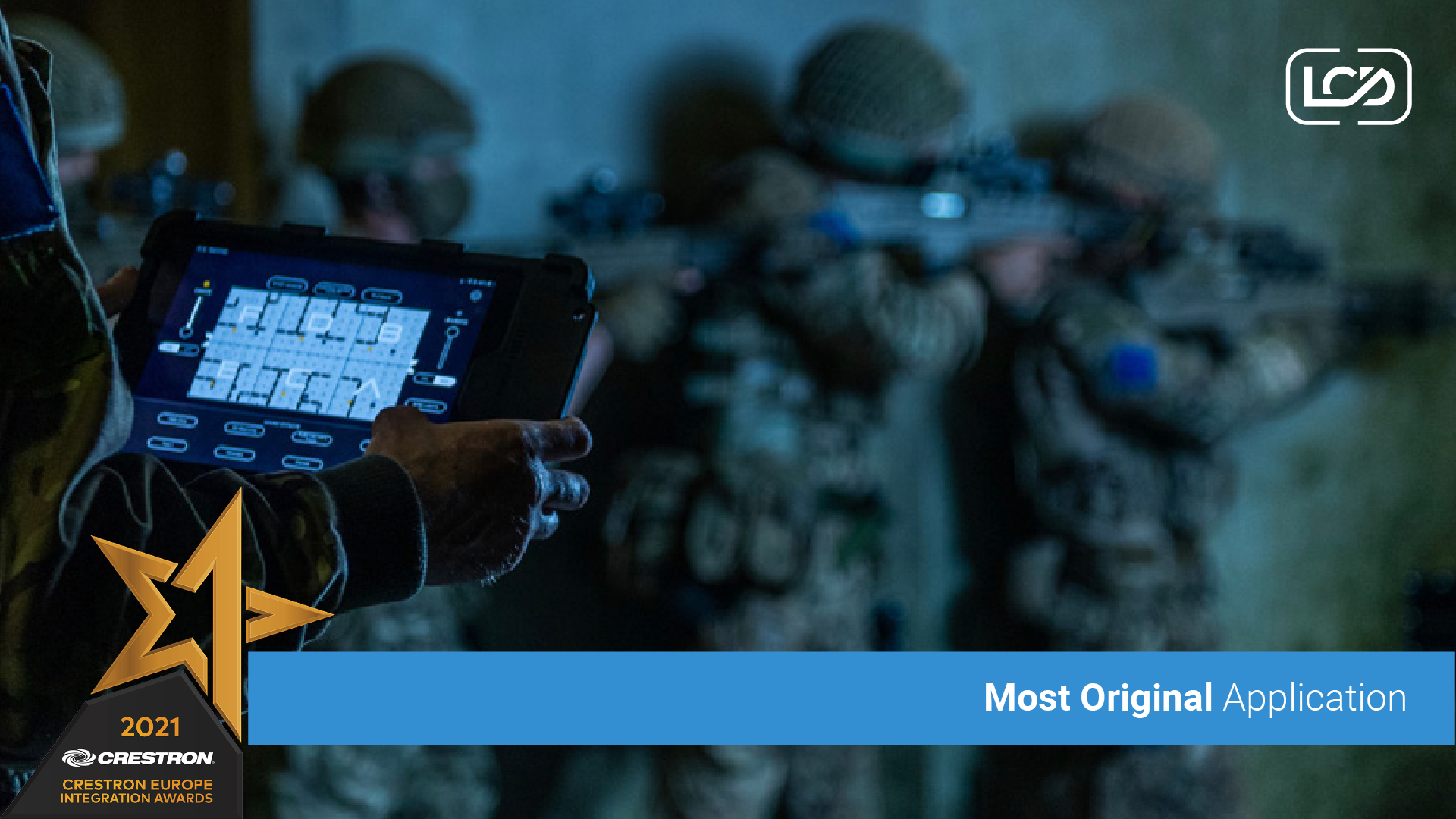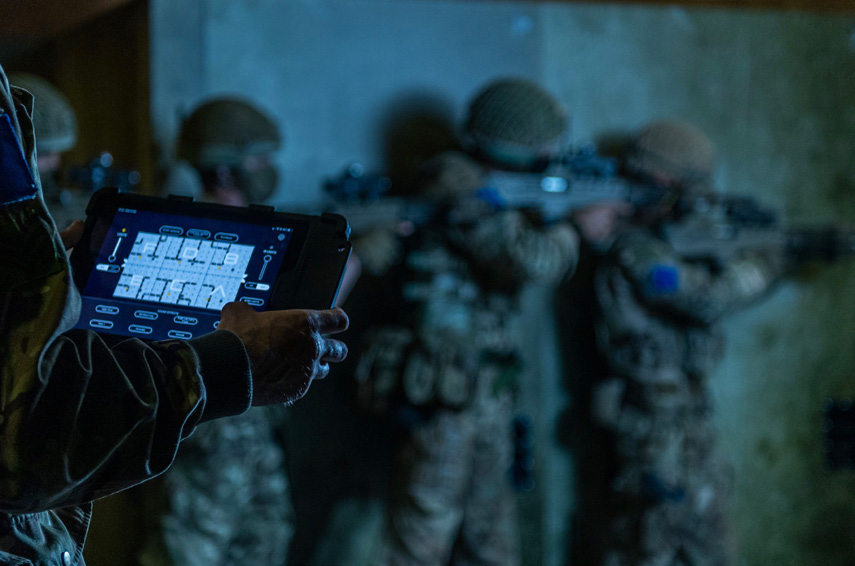Crafting Solutions: The Art of Problem-Centric Software Design
Introduction
At the heart of problem-centric software design is a desire to understand the complexities of the problem statement. This entails moving beyond surface-level descriptions and immersing oneself in the context of the situation. Whether it’s creating a new app to manage family finances or optimizing logistics for a global supply chain, great software design starts with a thorough understanding of the difficulties at hand.
Key advantages of problem-centric design

One of the key advantages of problem-centric design is its ability to foster innovation. Instead of jumping straight into coding based on assumptions or preconceived notions, developers take the time to conduct thorough research, gather requirements, and engage in meaningful conversations with stakeholders. This deliberate approach often leads to the discovery of novel solutions and inventive ways to tackle complex problems.
The creation of a medical practice scheduling application is a concrete example of problem-centric design in action. Instead of rushing to create a generic calendar solution, the development team will spend time shadowing employees, observing patient flow, and identifying scheduling trouble areas. This hands-on approach uncovered inefficiencies such as double bookings, high wait times, and coordination issues with other departments.
With these findings, the team set out to create a solution that would address these unique issues. This included not just creating user-friendly interfaces and robust backend systems, but also incorporating functionality specific to the needs of the medical practice. For example, the application provided automated appointment reminders, connectivity with electronic health records, and real-time notifications for schedule changes.
Throughout the development process, the emphasis remained on the problem at hand. This entailed obtaining feedback from end users, iterating on designs based on usability testing, and constantly refining the solution to better meet user requirements. By putting the issue front and center, the development team was able to create a scheduling tool that not only met functional needs but also provided concrete benefits in terms of efficiency, productivity, and patient happiness.
However, problem-centric design involves more than just fixing immediate difficulties; it is also about future-proofing solutions to ensure long-term success. In the case of the medical scheduling application, this entailed predicting prospective changes in healthcare regulations, shifting patient expectations, and developing technologies. Building a flexible and modular design allowed the application to easily adapt to new requirements and interface with other systems as needed.
Conclusion
In conclusion, The Art of Problem-Centric Software Design emphasizes the significance of beginning with the problem and allowing it to influence the whole development process. By adopting a pragmatic and user-centric approach, developers may create solutions that not only meet immediate demands but also pave the way for future innovation and growth. The proverb goes, “If you want to build great software, start by solving the right problems.”
